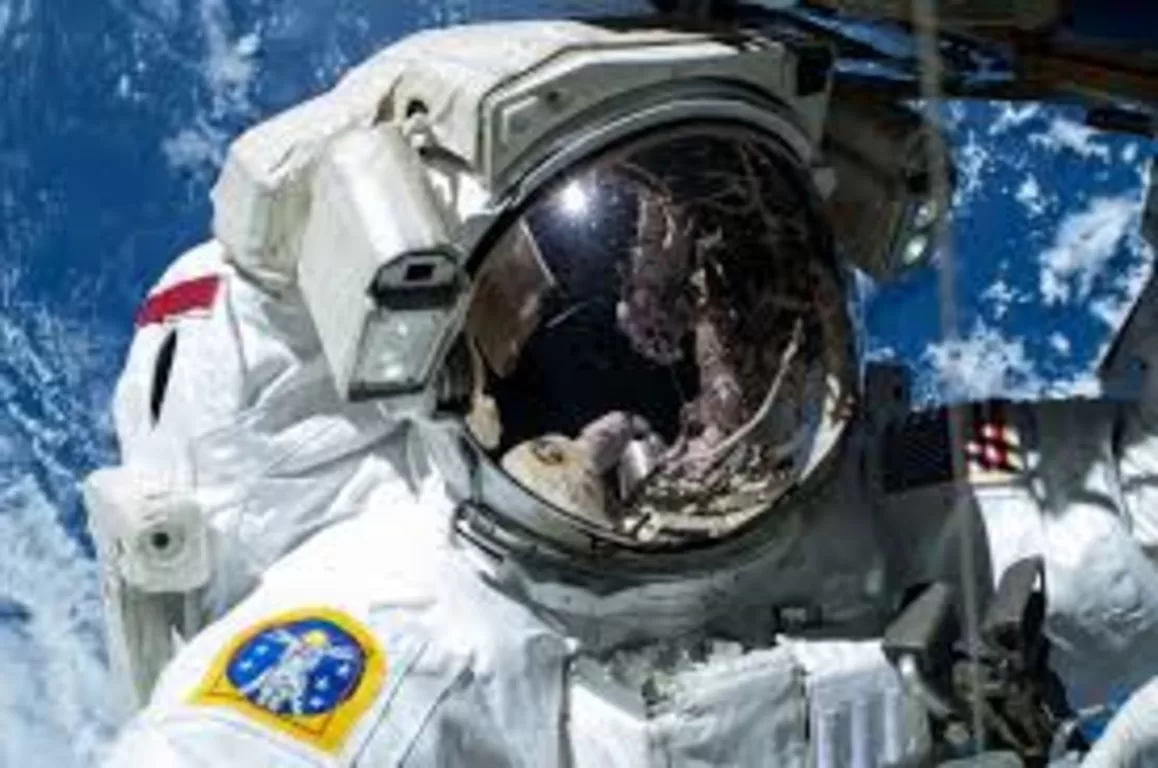How does space travel affect astronaut health? | Reuters
NASA astronauts Suni Williams and Butch Wilmore recently returned to Earth after a nine-month stay on the International Space Station (ISS), far longer than their originally planned 10-day mission. The extension was due to technical issues with Boeing’s Starliner spacecraft, including helium leaks and propulsion system problems. While their extended stay highlights the challenges of space travel, it also raises concerns about the long-term health effects of living in space.
From bone density loss to muscle atrophy and disrupted circadian rhythms, the human body undergoes significant changes in microgravity. This article explores the health risks astronauts face during extended space missions and how NASA helps them recover.
The Health Risks of Long-Term Space Travel
Space is an unforgiving environment for the human body. Astronauts experience a range of physiological changes, many of which mimic accelerated aging. Here are some of the most significant health risks:
- Bone Density Loss: In microgravity, the lack of gravitational force reduces stimulation to bone-building cells called osteoblasts. This leads to bone density loss at a rate of 1% per month.
- Muscle Atrophy: Without gravity, muscles weaken and shrink due to lack of use. Astronauts must exercise rigorously to combat this effect.
- Radiation Exposure: Space radiation increases the risk of heart disease, cancer, and degenerative disorders. It also weakens the immune system and damages cellular health.
- Vision Changes: Many astronauts report worsening eyesight, a condition known as Spaceflight-Associated Neuro-Ocular Syndrome (SANS).
- Skin Issues: Skin rashes and sensitivity to fabric are common complaints among astronauts.
Dr. Afshin Beheshti, director of the Center for Space Biomedicine at the University of Pittsburgh, explains, “The environment in space causes an accelerated model for disease and aging. Cardiovascular risks, cognitive issues, and other age-related changes are sped up in space.”

The Challenges of Returning to Earth
Returning to Earth after a long space mission is no easy feat. Astronauts must readjust to gravity, which can feel overwhelming after months of weightlessness.
- Physical Weakness: Simple tasks like lifting a pencil can feel exhausting.
- Bone and Muscle Recovery: Astronauts often need weeks or months to rebuild bone density and muscle strength.
- Relearning Basic Skills: Some astronauts, like Scott Kelly, who spent a year in space, have had to relearn how to walk.
To aid recovery, NASA provides a 45-day post-mission program. Astronauts work closely with medical teams and trainers, dedicating two hours daily to regain their pre-flight health and fitness levels.
How NASA Mitigates Health Risks in Space
NASA takes several measures to protect astronauts during long missions:
- Daily Exercise: Astronauts spend two hours each day exercising to combat muscle atrophy and bone loss.
- Advanced Medical Monitoring: Continuous health monitoring helps detect issues early.
- Post-Mission Care: A structured recovery program ensures astronauts regain their strength and health.
Despite these efforts, extended space missions still take a toll on the body. As Dr. Stevan Gilmore, NASA’s Lead Flight Surgeon, notes, “Most crewmembers’ physiological systems recover within 45 days, but the journey back to full health is challenging.”
What’s Next for Space Exploration?
The extended stay of Williams and Wilmore underscores the need for better solutions to protect astronauts during long-term missions. As NASA and private companies like Boeing and SpaceX aim for Mars and beyond, understanding and mitigating these health risks will be critical.
#SpaceHealth #AstronautRecovery #NASAExploration #MicrogravityEffects #SpaceMissionRisks
